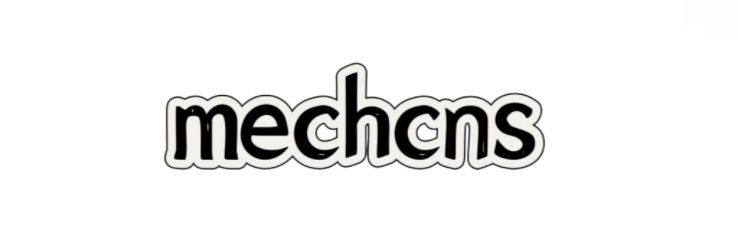Precision Injection Molding Trends to Watch in 2025
Feb. 18, 2025
As the manufacturing landscape evolves, precision injection molding continues to be a cornerstone for producing high-quality plastic components. In 2025, several trends are expected to shape this industry, driving innovation and efficiency. Here are some key trends to watch that can enhance the capabilities and applications of precision injection molding.
Contact us to discuss your requirements of precision injection molding. Our experienced sales team can help you identify the options that best suit your needs.
One of the most significant trends is the rise of automation and smart manufacturing. As technology advances, manufacturers are increasingly adopting automated systems that enhance production efficiency and accuracy. Robotic arms and AI-powered machines streamline the molding process, reduce cycle times, and minimize human error. This not only saves time and costs but also allows for greater scalability in production. Companies that embrace automation within their precision injection molding processes are likely to gain a competitive edge in the market.
Sustainability is another vital trend expected to impact precision injection molding in 2025. As industries become more aware of their environmental footprint, manufacturers are seeking sustainable materials and processes. Bio-based and recycled plastics are gaining popularity, as they align with eco-friendly initiatives. Precision injection molding can effectively accommodate these materials without sacrificing quality or performance. Additionally, energy-efficient machinery and waste reduction techniques will play an essential role in fostering a more sustainable production environment.
The increasing demand for customized products presents another opportunity for precision injection molding. Consumers are no longer satisfied with one-size-fits-all solutions; they want products tailored to their specific needs. This trend has led manufacturers to invest in advanced mold design and production techniques that allow for greater customization. Using technologies such as 3D printing for prototype development, companies can rapidly create and test molds, significantly reducing time-to-market for new products. Enhanced customization capabilities will drive adoption in various sectors, including automotive, medical, and consumer goods.
Collaboration between industries is also expected to grow, facilitating knowledge and resource sharing. By partnering with technology firms, material suppliers, and research institutions, manufacturers can develop innovative solutions that push the boundaries of precision injection molding. These collaborations can lead to breakthroughs in areas such as material science and process optimization. Firms that actively engage in cross-industry partnerships are likely to remain at the forefront of technological advancements.
Another trend to consider is the emphasis on data-driven decision-making. With the advent of Industry 4.0, manufacturers can gather and analyze vast amounts of data during the molding process. By utilizing IoT (Internet of Things) devices and advanced analytics, companies can monitor machine performance in real-time, predict failures, and enhance quality control. Implementing data analytics will not only improve production efficiency but also help manufacturers make informed decisions regarding maintenance, inventory management, and overall operational strategies.
Additionally, the impact of regulatory changes cannot be overlooked. The precision injection molding industry must continue to adapt to new standards regarding safety, quality, and environmental compliance. Manufacturers that proactively address these regulations will not only ensure their operations remain compliant but also strengthen their reputation in the marketplace. Being ahead of the curve in terms of regulatory requirements can also serve as a distinguishing factor, attracting customers who prioritize quality and safety.
In conclusion, the trends shaping precision injection molding in 2025 are centered around automation, sustainability, customization, collaboration, data-driven decision-making, and compliance with regulations. By staying informed and adaptable to these trends, manufacturers can enhance their production processes, meet market demands, and ultimately drive business growth. Engaging with these developments is essential for companies looking to thrive in an increasingly competitive landscape. As these trends unfold, the ability to leverage advanced technologies and sustainable practices will be key to unlocking new opportunities in precision injection molding.
If you want to learn more, please visit our website china office appliance mold.
36
0
0
All Comments (0)
Previous: How Are Structural Foam Molds Revolutionizing Production?
Next: Key Factors in Choosing Thermoset Molds for Production
If you are interested in sending in a Guest Blogger Submission,welcome to write for us!


Comments